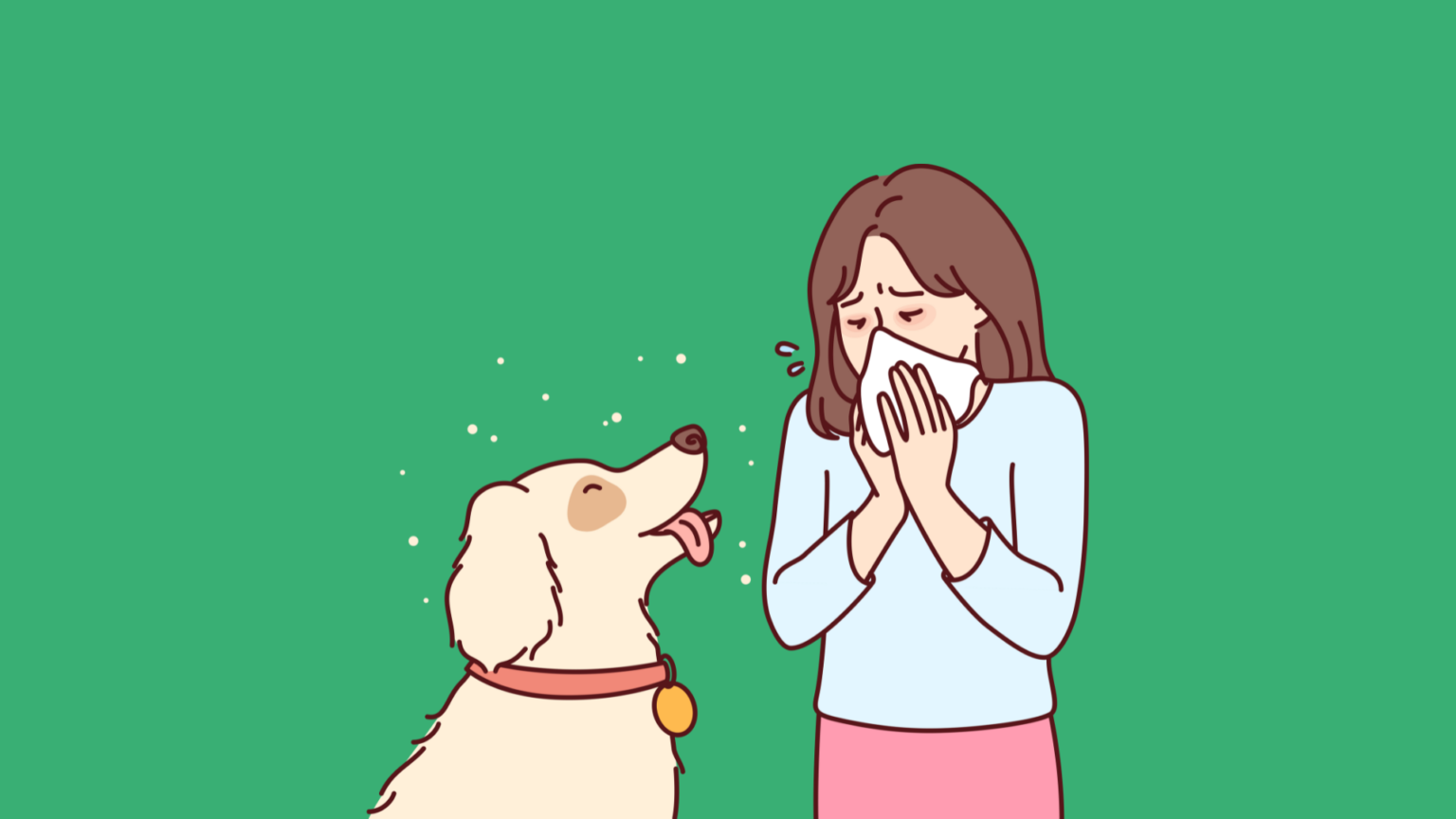Sarah smelled something funny in her house. She did not know what it was. She went into the living room and saw her dog. The dog was covered in mud.
She had to give him a bath. She hated giving the dog baths. They took a long time. Her dog did not like taking a bath and always tried to run away. He made everything messy.
She took the dog outside. She brought out a giant bucket. She used it to wash the dog. The dog saw the bucket and ran away. She knew this was going to be hard.
She finally got him to stay. She turned on the hose. She started to wash the dog. It took a long time. She was finally done. She took the dog inside the house. He was clean and shiny.
Tradução
083. Dando Banho no Cachorro
Sarah sentiu um cheiro estranho em sua casa. Ela não sabia o que era. Ela foi até a sala de estar e viu seu cachorro. O cachorro estava coberto de lama.
Ela teve que dar um banho nele. Ela odiava dar banho no cachorro. Demorava muito tempo. Seu cachorro não gostava de tomar banho e sempre tentava fugir. Ele fazia bagunça em tudo.
Ela levou o cachorro para fora. Ela trouxe um balde gigante. Ela usou ele para lavar o cachorro. O cachorro viu o balde e fugiu. Ela sabia que isso seria difícil.
Ela finalmente conseguiu que ele ficasse. Ela ligou a mangueira. Ela começou a lavar o cachorro. Demorou bastante. Finalmente ela terminou. Ela levou o cachorro para dentro de casa. Ele estava limpo e brilhante.
Vocabulário
Pronomes
she (ela)
her (dela)
he (ele)
it (isso)
him (ele – objeto)
Verbos
smelled (sentiu cheiro)
did not know (não sabia)
went (foi)
saw (viu)
was (estava/era)
had to (teve que)
hated (odiava)
took (demorava / levou)
did not like (não gostava)
tried (tentava)
made (fazia)
brought out (trouxe para fora)
used (usou)
ran away (fugiu)
knew (sabia)
got (conseguiu)
turned on (ligou)
started (começou)
was done (terminou)
took (levou)
Preposições
in (em)
into (dentro de)
outside (para fora)
out (fora)
on (em / ligado)
inside (para dentro)
Adjetivos
funny (estranho)
covered (coberto)
muddy (lamacento)
giant (gigante)
messy (bagunçado)
clean (limpo)
shiny (brilhante)
Substantivos
house (casa)
living room (sala de estar)
dog (cachorro)
mud (lama)
bath (banho)
bucket (balde)
hose (mangueira)
Advérbios
finally (finalmente)
always (sempre)
Phrasal Verbs
Give someone a bath – dar banho em alguém
“She had to give him a bath.”
Run away – fugir
“The dog saw the bucket and ran away.”
Oxford: run away – to leave a place or person secretly and suddenly.
Turn on (the hose) – ligar (a mangueira)
“She turned on the hose.”
Bring out – trazer para fora
“She brought out a giant bucket.”
Collocations & Idioms
Covered in mud – coberto de lama
Make everything messy – fazer bagunça em tudo
Take a long time – demorar muito
Wash the dog – lavar o cachorro
Get him to stay – conseguir que ele ficasse parado
Be done – ter terminado
Clean and shiny – limpo e brilhante
Gramática explicada
O que o aluno vai aprender:
Vocabulário sobre higiene e animais de estimação
Uso do passado simples com verbos regulares e irregulares
Phrasal verbs comuns do dia a dia
Estruturas com have to (obrigação)
Como expressar dificuldade com verbos como try, get, hate
Uso de pronomes objeto como him, it, her
Verbo mais trabalhado: “to give”, “to try”, “to get”, “to turn on”
“She had to give him a bath.” → dar banho
“He always tried to run away.” → tentar fugir
“She got him to stay.” → conseguiu que ele ficasse
“She turned on the hose.” → ligou a mangueira
Estruturas do inglês:
Past simple: todos os verbos da história estão no passado (smelled, went, saw, took, etc.)
Estrutura “had to”: usada para expressar uma obrigação no passado
Uso de “finally” para mostrar alívio ou encerramento
Uso de “make” + objeto + adjetivo: “He made everything messy.”
Uma pequena correção ou sugestão:
–
Dicionários
Como fazer o Homework
Escute o áudio e acompanhe no texto
Leia o texto em voz alta, sem ouvir o áudio
Reescreva o texto para aprender a grafia
Escute o áudio mais uma vez antes de gravar sua leitura
Grave sua leitura no WhatsApp e envie para correção
Faça flashcards para fixar palavras novas e/ou difíceis.
Texto e áudio de Eslfast, com ilustração, estrutura, tradução e explicações da Destravei.
Viu algum erro por aqui? Me avise!











